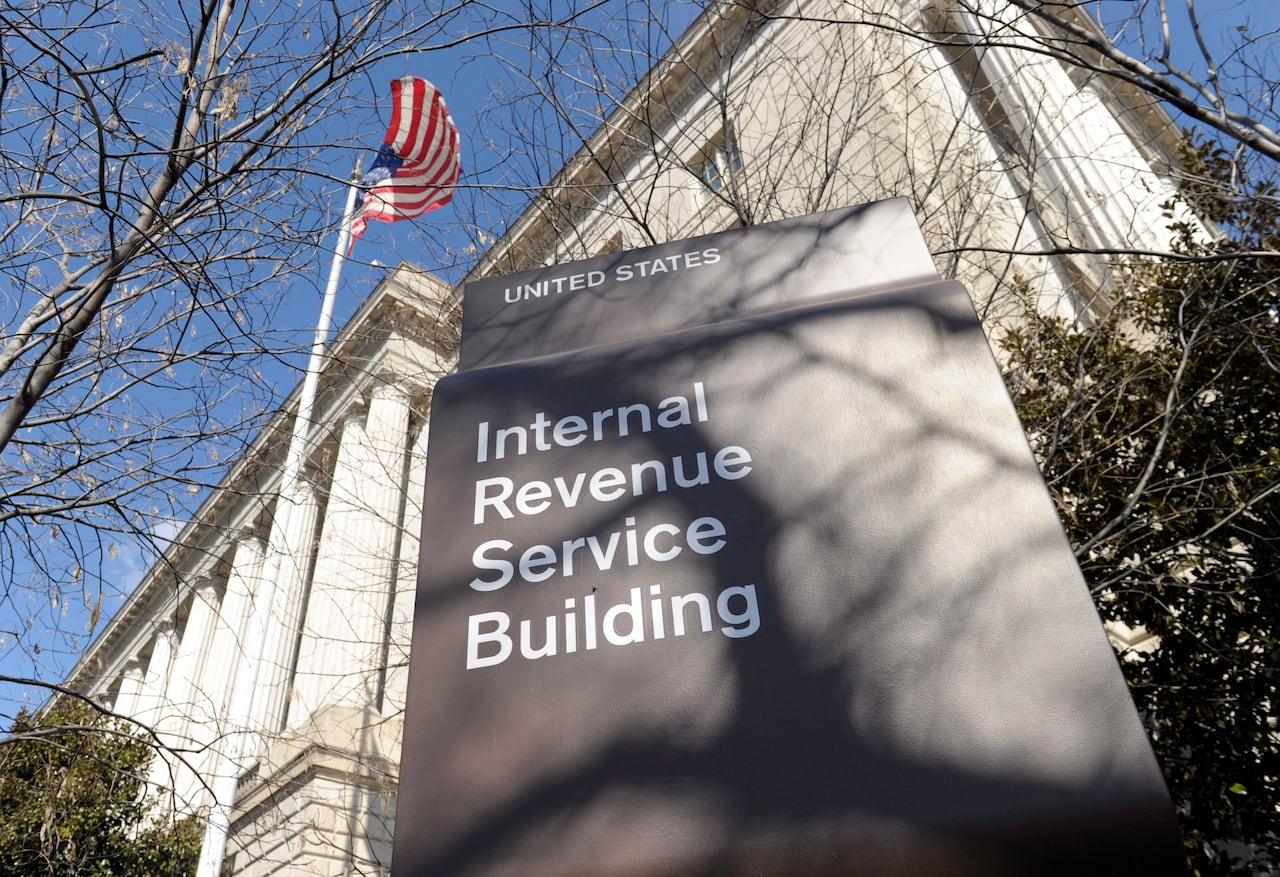
Register for a Coursera Course if you are interested learning more about financial markets. Coursera offers courses from industry experts and top universities. It is a great place to learn about all aspects of the financial markets. The site also offers exams and answers to your questions in bolded color. There is also an online course on understanding financial market, which you can access for free. Take the exam to see how much you have learned.
Understanding Financial Markets
The free Coursera course, Understanding Financial Markets, will help you understand the financial markets. This course is taught in collaboration with industry experts. Exam questions are included with bold color answers. Sign up for a free course to receive a certificate of completion. The course is open to everyone, so anyone can sign up and take it at their own pace. Coursera India is the largest platform for learning.
Financial markets are the markets in which securities are traded. This includes stock markets, bonds, forex markets and commodities markets. These markets are essential to capitalist societies' smooth functioning. A failure could lead to economic instability. You can avoid being a victim by understanding these markets. Here's how. Learn the basics of financial markets and how to make money from them.

Corporate Finance Essentials
This course is for those who are new to corporate finance. This course will introduce you to the key concepts and concepts required for a successful career in corporate finance. You can study in your own home or learn more about the field through the free enrollment. The course also includes interactive exercises and a capstone. Once you've completed the course, you can apply your newly-learned skills to the real world.
Although you can access the course material free of charge, you must pay to grade your assignments. Reddit may sponsor your course, as IESE Business School teaches the course. There's no reason to be concerned! This course is an excellent way to learn about corporate finance without spending too much.
MSc Mathematical Trading and Finance
The course structure and academic supervision of MSc Mathematical Trading and Finance is largely the same as that of its conventional counterparts. The compulsory core material is covered in the first term. This includes 64 hours of lectures and 24 classes. This includes a compulsory computing program, which consists of 16 hours of lectures. The second term is 48 hours long and includes 18 electives. The third term focuses upon the dissertation project. This will be selected with your supervisor. The dissertation project may be combined with an industry internship if desired.
The course is highly analytical, and teaches students how to use advanced mathematical and statistical techniques to analyze financial markets. Graduates are able to make informed choices and utilize this knowledge in the workplace. This course graduates often land top jobs in India or abroad and are highly sought after for financial engineering and quantitative positions. Some popular job profiles include managers, traders, investment advisors, auditors, and exporter/importers.

Robert Shiller's Financial Markets Coursera
Yale University is offering the "Financial Markets” Coursera course by Robert J. Shiller. Shiller, a Nobel Prize winning economist and co-developer S&P CoreLogic Case Shiller Home Price Indicess, will teach the massive open course. The last edition of this course attracted over 200,000 students from 80 countries. Access to the course is free to the general public. However, to obtain a Certificate, students must either purchase the course, or apply for financial assistance.
The Linearized Present Value Model of the Stock Market is explained in the first lecture. John Campbell was instrumental in the creation of this model. But according to Shiller's research, this model explains only half to one third of stock market fluctuations. Interest rates and building costs don't account for a third or more of market movement. Therefore, it is important to know the fundamentals behind behavioral finance.
FAQ
Should I buy individual stocks, or mutual funds?
Diversifying your portfolio with mutual funds is a great way to diversify.
They are not for everyone.
If you are looking to make quick money, don't invest.
You should opt for individual stocks instead.
Individual stocks offer greater control over investments.
In addition, you can find low-cost index funds online. These allow you to track different markets without paying high fees.
Which investment vehicle is best?
Two main options are available for investing: bonds and stocks.
Stocks can be used to own shares in companies. Stocks offer better returns than bonds which pay interest annually but monthly.
You should invest in stocks if your goal is to quickly accumulate wealth.
Bonds offer lower yields, but are safer investments.
You should also keep in mind that other types of investments exist.
They include real estate, precious metals, art, collectibles, and private businesses.
Do I require an IRA or not?
An Individual Retirement Account (IRA) is a retirement account that lets you save tax-free.
IRAs let you contribute after-tax dollars so you can build wealth faster. You also get tax breaks for any money you withdraw after you have made it.
For those working for small businesses or self-employed, IRAs can be especially useful.
Employers often offer employees matching contributions to their accounts. You'll be able to save twice as much money if your employer offers matching contributions.
What should I invest in to make money grow?
It is important to know what you want to do with your money. What are you going to do with the money?
Also, you need to make sure that income comes from multiple sources. In this way, if one source fails to produce income, the other can.
Money does not just appear by chance. It takes hard work and planning. So plan ahead and put the time in now to reap the rewards later.
When should you start investing?
The average person spends $2,000 per year on retirement savings. Start saving now to ensure a comfortable retirement. If you don't start now, you might not have enough when you retire.
Save as much as you can while working and continue to save after you quit.
You will reach your goals faster if you get started earlier.
Consider putting aside 10% from every bonus or paycheck when you start saving. You might also consider investing in employer-based plans, such as 401 (k)s.
Make sure to contribute at least enough to cover your current expenses. You can then increase your contribution.
How do I know when I'm ready to retire.
You should first consider your retirement age.
Do you have a goal age?
Or would you prefer to live until the end?
Once you have determined a date for your target, you need to figure out how much money will be needed to live comfortably.
Then you need to determine how much income you need to support yourself through retirement.
Finally, calculate how much time you have until you run out.
Statistics
- An important note to remember is that a bond may only net you a 3% return on your money over multiple years. (ruleoneinvesting.com)
- Over time, the index has returned about 10 percent annually. (bankrate.com)
- 0.25% management fee $0 $500 Free career counseling plus loan discounts with a qualifying deposit Up to 1 year of free management with a qualifying deposit Get a $50 customer bonus when you fund your first taxable Investment Account (nerdwallet.com)
- According to the Federal Reserve of St. Louis, only about half of millennials (those born from 1981-1996) are invested in the stock market. (schwab.com)
External Links
How To
How to invest stocks
One of the most popular methods to make money is investing. This is also a great way to earn passive income, without having to work too hard. There are many investment opportunities available, provided you have enough capital. You just have to know where to look and what to do. This article will guide you on how to invest in stock markets.
Stocks can be described as shares in the ownership of companies. There are two types of stocks; common stocks and preferred stocks. Public trading of common stocks is permitted, but preferred stocks must be held privately. The stock exchange trades shares of public companies. They are valued based on the company's current earnings and future prospects. Investors buy stocks because they want to earn profits from them. This is known as speculation.
Three main steps are involved in stock buying. First, choose whether you want to purchase individual stocks or mutual funds. Second, select the type and amount of investment vehicle. Third, you should decide how much money is needed.
Decide whether you want to buy individual stocks, or mutual funds
It may be more beneficial to invest in mutual funds when you're just starting out. These are professionally managed portfolios that contain several stocks. When choosing mutual funds, consider the amount of risk you are willing to take when investing your money. There are some mutual funds that carry higher risks than others. If you are new to investments, you might want to keep your money in low-risk funds until you become familiar with the markets.
You can choose to invest alone if you want to do your research on the companies that you are interested in investing before you make any purchases. Be sure to check whether the stock has seen a recent price increase before purchasing. You don't want to purchase stock at a lower rate only to find it rising later.
Choose your investment vehicle
Once you've decided whether to go with individual stocks or mutual funds, you'll need to select an investment vehicle. An investment vehicle can be described as another way of managing your money. For example, you could put your money into a bank account and pay monthly interest. You could also open a brokerage account to sell individual stocks.
You can also set up a self-directed IRA (Individual Retirement Account), which allows you to invest directly in stocks. Self-directed IRAs can be set up in the same way as 401(k), but you can limit how much money you contribute.
Selecting the right investment vehicle depends on your needs. You may want to diversify your portfolio or focus on one stock. Do you want stability or growth potential in your portfolio? Are you comfortable managing your finances?
The IRS requires that all investors have access to information about their accounts. To learn more about this requirement, visit www.irs.gov/investor/pubs/instructionsforindividualinvestors/index.html#id235800.
Determine How Much Money Should Be Invested
It is important to decide what percentage of your income to invest before you start investing. You have the option to set aside 5 percent of your total earnings or up to 100 percent. The amount you choose to allocate varies depending on your goals.
For example, if you're just beginning to save for retirement, you may not feel comfortable committing too much money to investments. For those who expect to retire in the next five years, it may be a good idea to allocate 50 percent to investments.
It is important to remember that investment returns will be affected by the amount you put into investments. Before you decide how much of your income you will invest, consider your long-term financial goals.